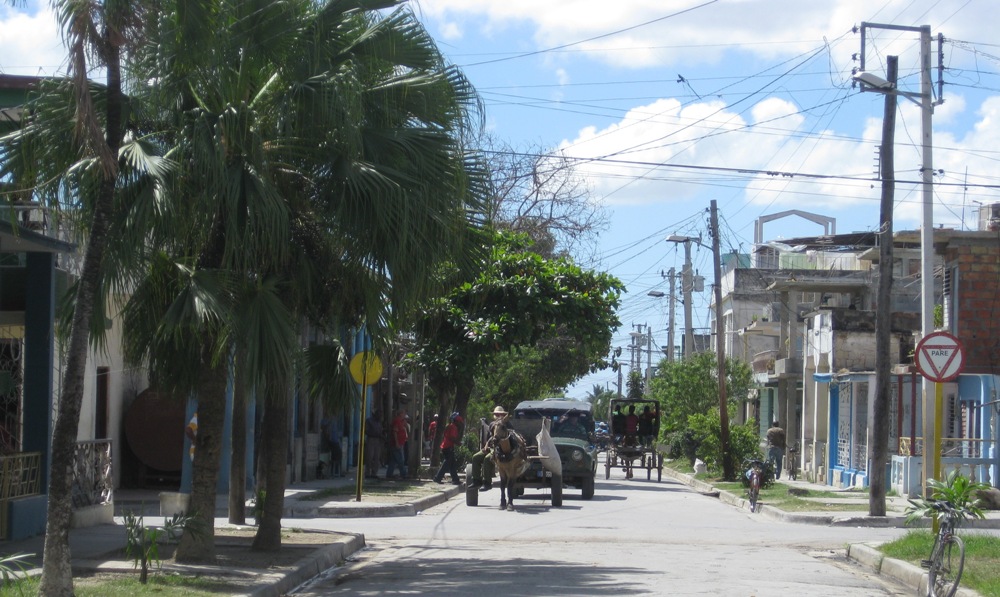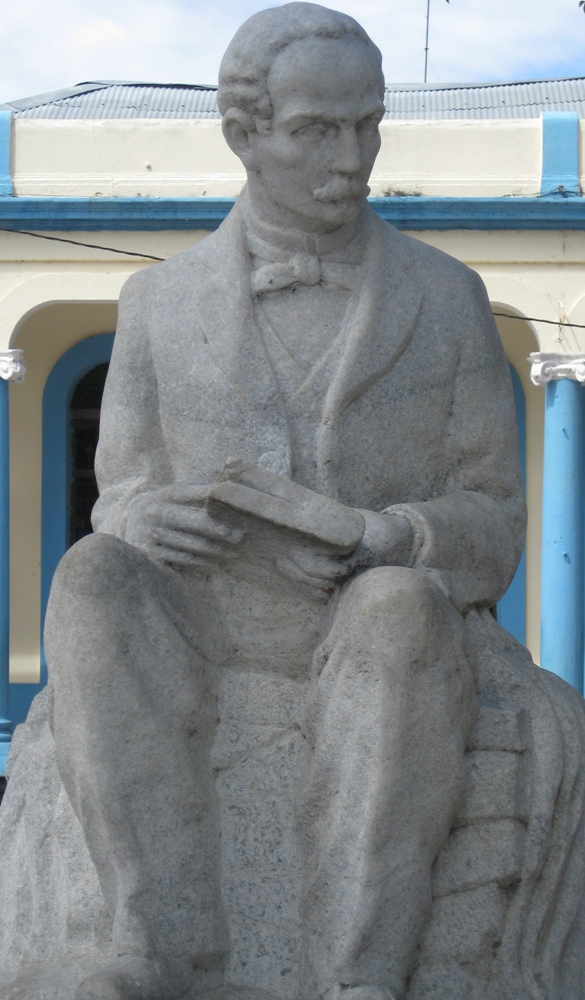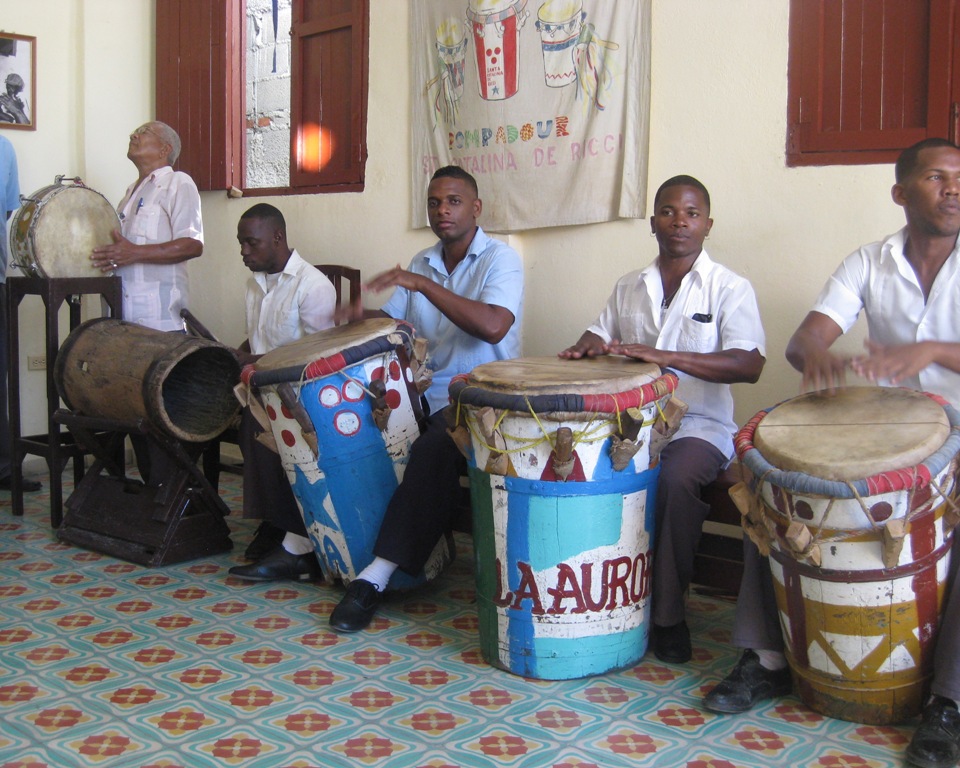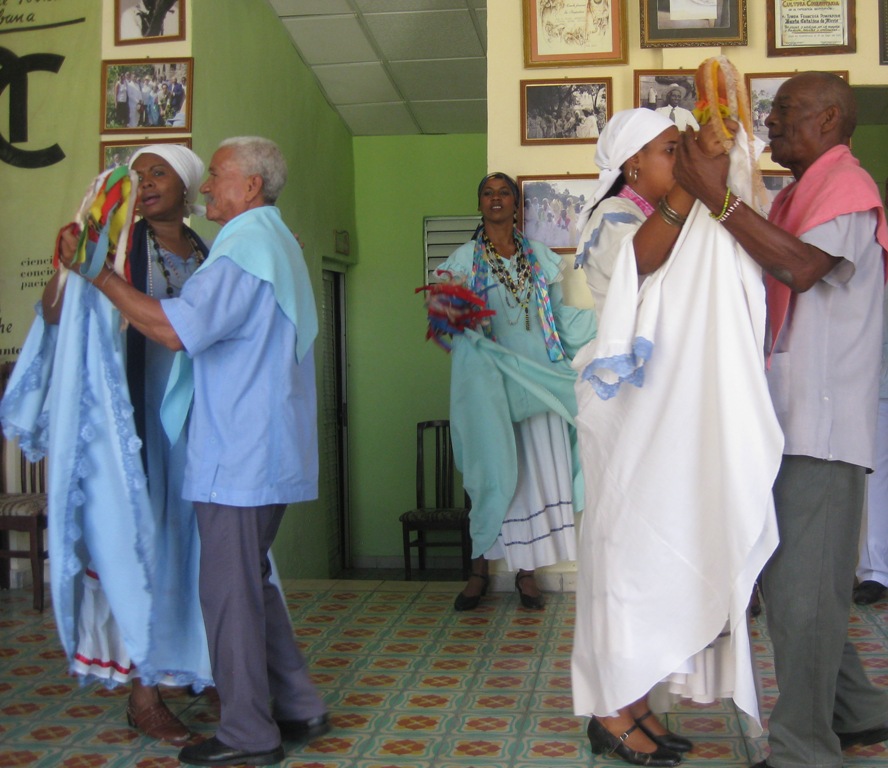No, that’s not a typo. I’m referring to the song “Guantánamera,” not the US Naval base, prison, and formerly “secret” torture center, Guantánamo, which is located in the Cuban province of the same name, but not near the city.
A typical street in the city of Guantánamo in the province of the same name.
I recently returned from two weeks in Cuba—more on that in later blogs. This one is about José Martí, 1853-1895, the Apostle of Cuban Independence, as he was called, from the exploitation of Spanish colonialism. Martí was one of my heroes even before I went to Cuba and learned more about him. I first knew of him as a poet, and, although, he was also a philosopher, author, professor, journalist, publisher, and political theorist, my reference to him here is as a poet.
One of hundreds of statues of José Martí throughout Cuba.
I’m sure you know the song “Guantanamera,” it has a catchy tune. It was allegedly originally written by a romantically slighted Cuban fellow about a peasant girl from Guantanamo province, thus the first line, often repeated, “Guantánamera, guajira, Guantánamera.” The actual verses of the song are from poems by Martí and are not about romantic love, but rather brotherhood.
Here’s an excerpt in English:
I cultivate a white rose in July as in January for the sincere friend who gives me his hand.
And for the cruel one who would tear out this heart with which I live I do not cultivate nettles I cultivate a white rose.
Music is as much a part of Cuban life as breathing. Although not related to the song, La Tumba Francesca Pompadour is located in Guantánamo. It’s Afro-Haitian-French-Cuban influenced by the Afro-Haitian slaves with Haiti’s French connection brought to Cuba to work in the sugar fields under Spanish colonialism.
The drums from which La Tumba Francesca (French Drum) gets its name.
The dance that is part of the tradition.
Martí was killed fighting the Spanish, but it wasn’t until US involvement and the Spanish-American War that Cuba achieved independence from Spain in 1898-99. Thanks to the Platt Amendment forced on Cuba by the United States, we had a naval base at Guantánamo and could “intervene” in Cuban domestic affairs—not such freedom, after all. In fact, the U.S. Army occupied Cuba until 1902, and our military intervened periodically, as well, the US controlled most of Cuba’s economy and politics, and not to the advantage of the Cuban people, until the Revolution of 1955-59.




